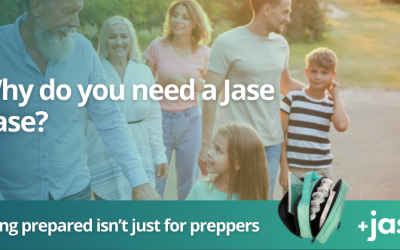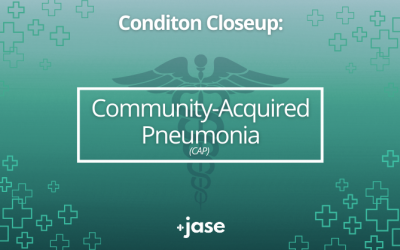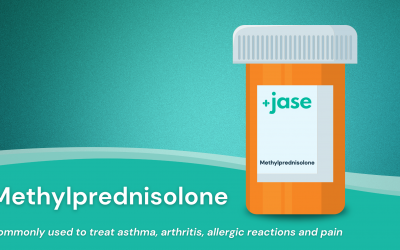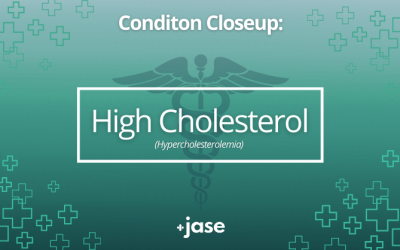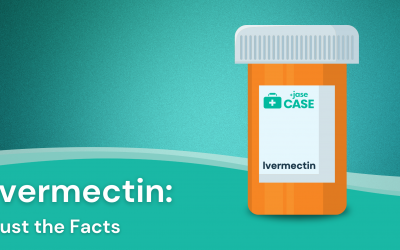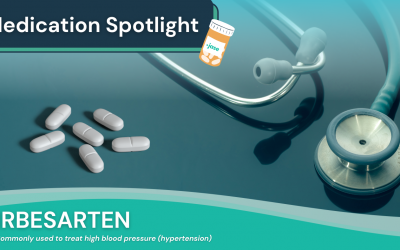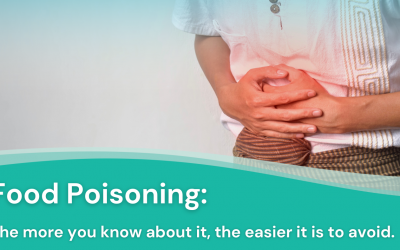Healthy kids make happy learners.A Healthy Head Start: Preparing Your Child for a Thriving School Year As summer draws to a close, it's time to shift our focus to the upcoming school year. Preparing your child for back-to-school goes beyond new backpacks and school...
<< Patient Education
Health
Our mission is to help you be more medically prepared.
Stay up-to-date on the latest news in health and preparedness.
Jase Stories: It Could Happen To You
When you're prepared for a mayday, you're prepared for a Monday.When normal life gets interrupted by unexpected illness, what will you rely on? If you're far from home on a trip, or pharmacies and doctors offices are closed from a natural disaster, how will you treat...
Condition Closeup: Community-Acquired Pneumonia
Community-acquired pneumonia is much more common than most people realize.Community-Acquired Pneumonia: A Common and Serious Health Concern Community-acquired pneumonia (CAP) is a widespread and potentially serious infection of the lungs that affects millions of...
Medication Spotlight: Methylprednisolone
From asthma to allergic reactions, to arthritis, Methylprednisolone is a highly effective corticosteroid.What is Methylprednisolone? Methylprednisolone (Medrol Dosepak™) is a versatile corticosteroid medication widely used to treat a variety of inflammatory and...
High Cholesterol: Are You At Risk? What Can You Do?
High cholesterol is an issue for many... But nearly half of sufferers aren't aware, or treating their condition.Cholesterol: necessary in the right amounts, dangerous in high levels. High cholesterol is a prevalent health issue in the United States, affecting millions...
In the News: Pharmacy Benefit Managers and Your Prescription Costs
PBM's are supposed to lower prescription costs; they often do the opposite. News you should know about: Pharmacy Benefit Managers and their secretive role in your prescription costs: A new investigative report by the NYT shows that an mostly secretive group of...
Ivermectin: Just the Facts
Let's clear the air about this maligned medication.The Ivermectin Imbroglio Ivermectin has stirred many conversations - some very heated, and very public - in the past few years, but before 2020 many of you might not have even heard of the drug before. With all the...
Medication Spotlight: Irbesartan
The high stakes of high blood pressure.What is Irbesartan? Irbesartan is a medication belonging to a class of drugs called angiotensin II receptor blockers (ARBs). It's primarily prescribed for two purposes: Lowering high blood pressure (hypertension):...
Food Poisoning: Causes, Prevention, and Treatment
With the right measures taken, this very common illness can also be very preventable.With Father's Day fast approaching and family meals being planned, food poisoning may be the last thing you want to think about. Following the food safety tips below will ensure...


